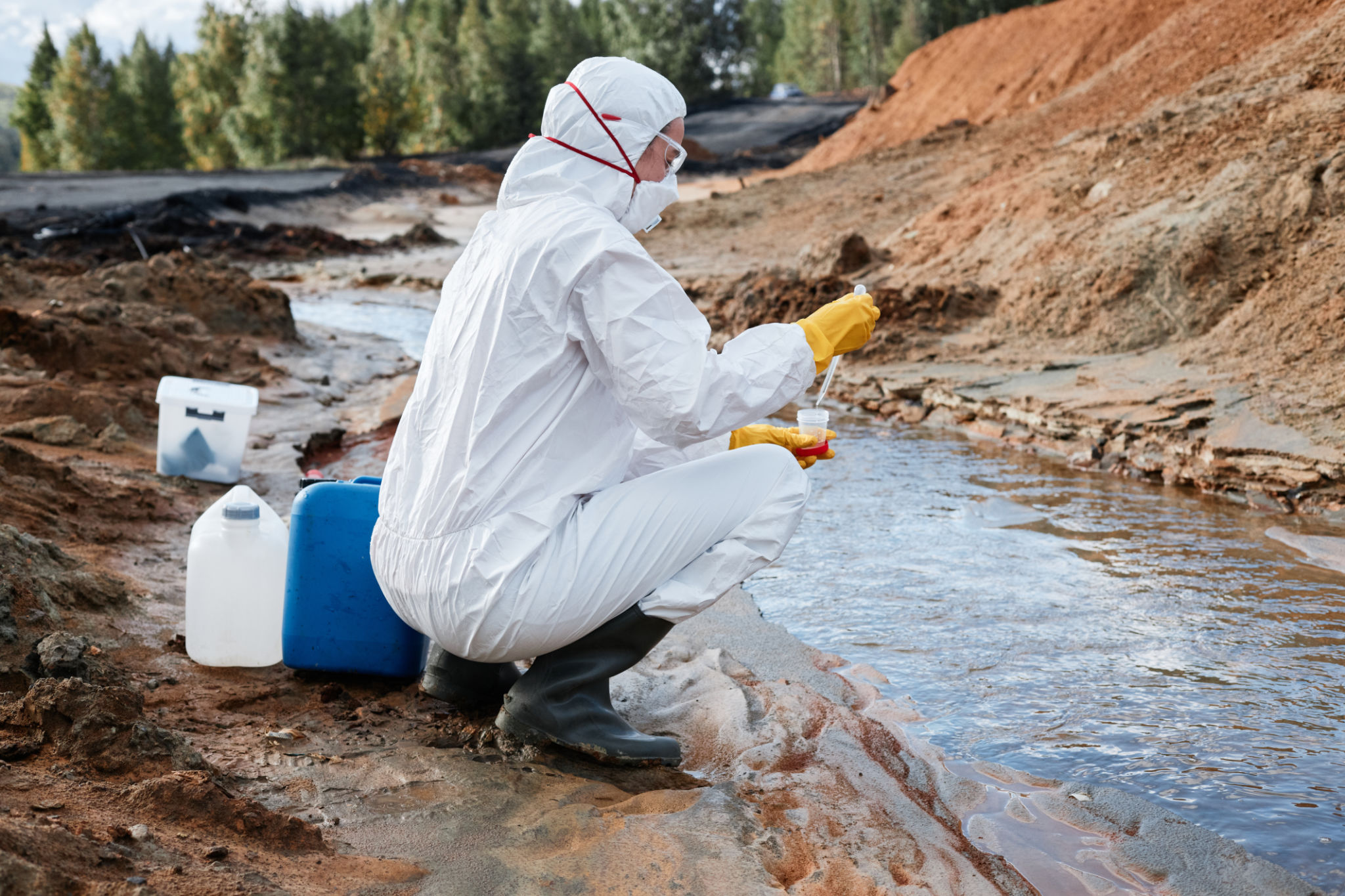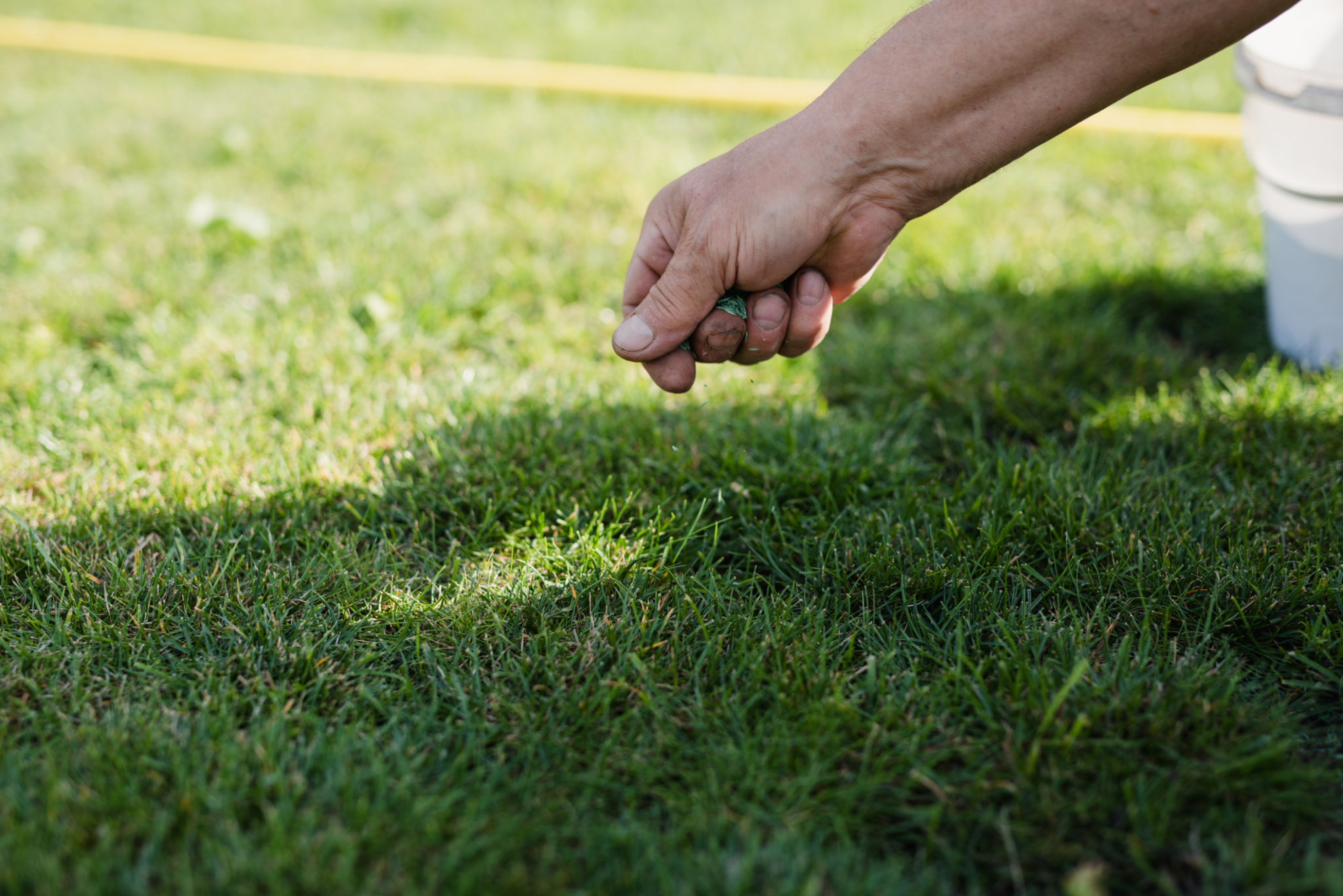How to Prepare Your Lawn for Spring: Expert Tips for Hamilton Homeowners
HS
Start with a Thorough Cleanup
As the snow melts and temperatures start to rise in Hamilton, it's time to give your lawn some much-needed attention. Begin by removing any debris such as fallen branches, leaves, and dead grass. This will allow sunlight and air to reach the soil, which is essential for new growth. A clean lawn sets the stage for a lush and healthy yard throughout the spring and summer months.

Rake and Aerate
Once the larger debris is cleared, rake your lawn to remove thatch—an accumulation of dead grass and organic matter. Thatch can prevent water and nutrients from reaching the soil. After raking, consider aerating your lawn. Aeration involves perforating the soil with small holes to improve oxygen circulation, water absorption, and nutrient intake. It's particularly beneficial for compacted soil common in high-traffic areas.
Test and Amend Your Soil
Testing your soil's pH level is a crucial step in preparing your lawn for spring. Most grasses thrive in a pH level between 6.0 and 7.0. You can purchase a soil test kit from a local garden center or hire a professional to do it for you. Based on the results, you may need to add lime to raise the pH or sulfur to lower it. Ensuring your soil is balanced will promote healthy grass growth.

Apply Fertilizer
Spring is the ideal time to fertilize your lawn. Choose a fertilizer that suits your grass type and follow the application instructions carefully. Fertilizers rich in nitrogen are typically recommended for spring application, as they encourage vigorous growth. Be sure not to over-fertilize, as this can lead to thatch buildup and other lawn problems.
Overseed Bare Patches
If your lawn has areas of sparse grass or bare patches, overseeding is an effective solution. Choose a high-quality grass seed that matches your existing lawn and spread it evenly over the bare spots. Lightly rake the seeded areas to ensure good seed-to-soil contact, and keep them consistently moist until new grass begins to grow.

Control Weeds
Weeds can quickly take over if not controlled early in the season. Apply a pre-emergent herbicide to prevent weed seeds from germinating. If you notice any existing weeds, remove them by hand or use a post-emergent herbicide. By tackling weeds early, you'll give your grass a better chance to thrive without competition for nutrients and sunlight.
Water Wisely
Proper watering is essential for a healthy lawn. As spring begins, you may not need to water frequently due to melting snow and spring rains. However, as temperatures rise, aim to provide about one inch of water per week through rainfall or irrigation. Water deeply and infrequently to encourage deep root growth.

Regular Mowing
Once your lawn starts growing actively, regular mowing is key to maintaining its health. Set your mower blade at the highest setting to avoid cutting too much of the grass blade at once, which can stress the plant. Mow regularly, keeping the grass at an optimal height of about 2.5 to 3 inches for most varieties.
By following these expert tips, Hamilton homeowners can prepare their lawns for a beautiful and healthy spring season. With proper care and attention, your lawn will be the envy of the neighborhood!